Figures & data
Figure 1. Locations and stratigraphic setting of the Diplocraterion Bed in the Glen Rose Formation. (a) Selected area of Dinosaur Valley State Park (denoted by dashed boundary) and Paluxy river outcrops within the context of Texas (USA), with LowT/Riverbend Cliff site (LTR), McFall Ledge (ML), and Buckeye Branch Mouth (BBM) outcrops indicated. (b) Glen Rose Formation stratigraphy in the study area, with Diplocraterion bed (arrow) indicated; stratigraphic profile based on relative amounts of shale (Sh), marly limestone (Mrl), and limestone (Ls).
Note: Figure adapted from Dattilo et al. (Citation2014); see the same for details on Glen Rose Formation stratigraphy.
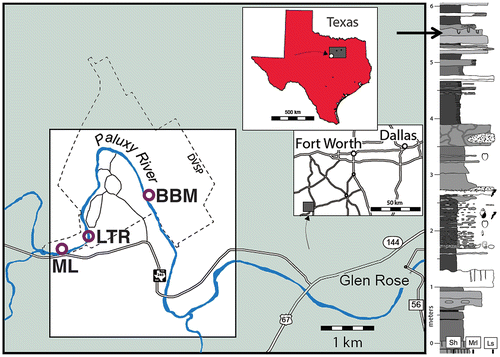
Figure 2. Measuring methods for Diplocraterion. (a) Measured parameters of U-burrow width (UW), burrow-tube width (TW), and spreite width (SW) on bedding planes. (b) Measuring Diplocraterion spreite width at LowT/Riverbend Cliff site with digital calipers.
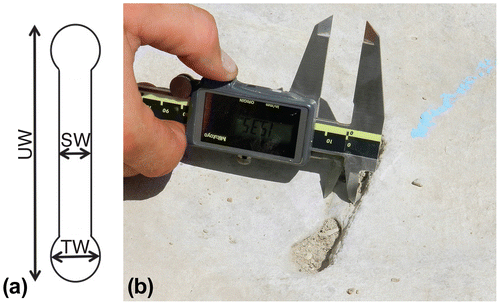
Figure 3. Diplocraterion at the LowT/Riverbend Cliff site. (a) Oblique view of bedding-plane exposure, showing abundance and distribution of burrows. Scale = 20 cm long. (b) Overhead view of bedding plane with relative density of burrows, with both Diplocraterion (Di) and Arenicolites (Ar). Scale = 20 cm long. (c) Burrows on bedding plane in various preservational states, including Arenicolites (Ar) and Diplocraterion (Di). Scale = 15 cm long. (d) Close-up of Ar, Di; note pelleted exterior of Diplocraterion. Scale in centimetres.
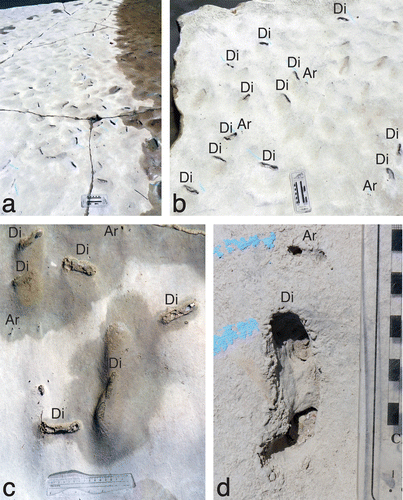
Figure 4. Histograms and rose diagram of quantitative data for Diplocraterion at LowT/Riverbend Cliff site. (a) U-burrow widths; (b) burrow-tube widths; (c) spreiten widths; (d) orientations.
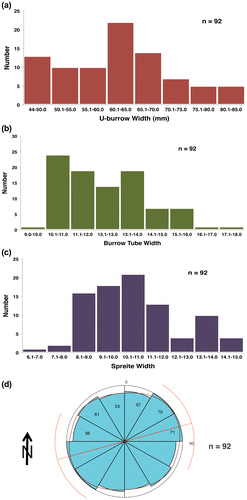
Table 1. Descriptive statistics of (a) Diplocraterion, (b) Arenicolites, and (c) Diplocraterion orientations at LowT/Riverbend site.
Figure 5. Diplocraterion at the McFall Ledge site. (a) Overhead view of bedding-plane with relative density and distribution of Diplocraterion, also in various preservational states. Scale = 10 cm. (b) Overlapping Diplocraterion. Scale = 5 cm. (c) Closely associated and similarly aligned Diplocraterion, but ranging from nearly complete (left and centre) to only the bottommost portion of the original ‘U’ (right). Scale = 5 cm. (d) Lower part of ‘U’ from Diplocraterion intersected by proximal left margin of theropod track (Eubrontes isp.). (e) Diplocraterion (Di) associated with right theropod track (Eubrontes isp.), with Diplocraterion depicted in (d) outlined and digits II-IV (II-IV) on track indicated. Scale (left) in centimetres. (e) Map of Diplocraterion (Di) intersected by, within, and near theropod track; pressure-release structures on left sides of digits III and IV. Scale = 10 cm.
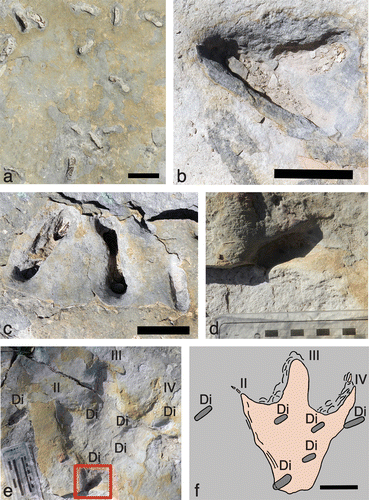
Figure 6. Histograms and rose diagram of quantitative data for Diplocraterion at McFall Ledge site. (a) U-burrow widths; (b) burrow-tube widths; (c) spreiten widths; (d) orientations.
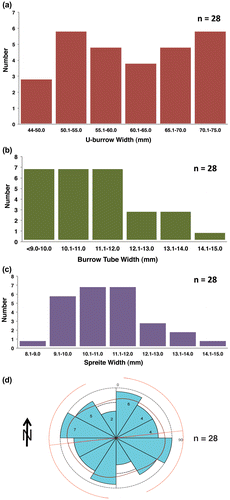
Table 2. Descriptive statistics of (a) Diplocraterion, (b) Arenicolites, and (c) Diplocraterion orientations at McFall Ledge site.
Figure 7. Diplocraterion at the Buckeye Branch Mouth site. (a) Outcrop view of Diplocraterion bed, with bed top indicated by dashed line. (b) Top bedding plane on float block with high density of Arenicolites and Diplocraterion, evident as open burrows and collapsed spreiten sandal and foot = 10 cm wide. (c) Close-up of Arenicolites (Ar) and Diplocraterion (Di) on bedding plane, with pelletal rim surrounding two Diplocraterion (right); scale = 5 cm. (d) Diplocraterion parallelum in longitudinal section, with open burrow tube and protrusive spreiten; scale = 5 cm. (e) Closely spaced Diplocraterion with differing preservation, with one specimen having only the basal part of its spreiten and ‘U’ burrow (left) and another with a more complete expression of its overall form and identifiable as D. parallelum with protrusive spreiten (right); scale = 5 cm. (f) Intersecting Diplocraterion, with one burrow (left) cross-cutting another (right); scale = 5 cm. (g) Multiple specimens of horizontally to obliquely oriented Rhizocorallium (Rh), with one specimen cross-cutting another (below) and one with open burrow tubes (above); scale = 5 cm.
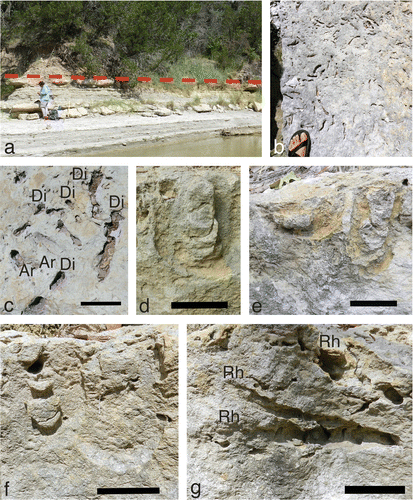
Table 3. (a) In situ thicknesses of Diplocraterion bed at Buckeye Branch Mouth, taken at 3-m intervals along 63-m length of outcrop. Measurements rounded to nearest .5 cm. (b) Descriptive statistics of bed measurements.
Figure 8. Histograms of quantitative data for Diplocraterion at Buckeye Branch Mouth site. (a) U-burrow widths; (b) burrow-tube widths; (c) U-burrow depths.

Table 4. Descriptive statistics of Diplocraterion at Buckeye Branch Mouth site.
Table 5. Rhizocorallium measurements from the Glen Rose Formation at Buckeye Branch. ‘L or C’ refers to longitudinal or cross-section, respectively. Measurements in millimetres and taken from photographs with included scale.
Figure 9. Diplocraterion ‘archetype’ based on averages from descriptive statistics of measured specimens from three sites (LowT/Riverbend Cliff, McFall Ledge, Buckeye Branch Mouth) in the Diplocraterion bed, Glen Rose Formation. Scale = 1 cm.
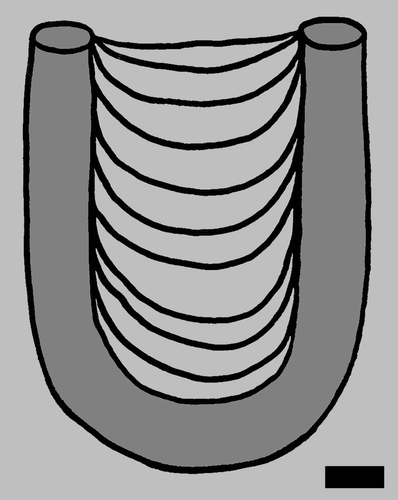
Figure 10. Dinosaur (theropod) track orientations in the Taylor Tracklayer, <1 m below the Diplocraterion bed and in the same study area. Data were degraded (combined) to reflect bimodally opposed directions of trackways; see Appendix 1 for further explanation.

